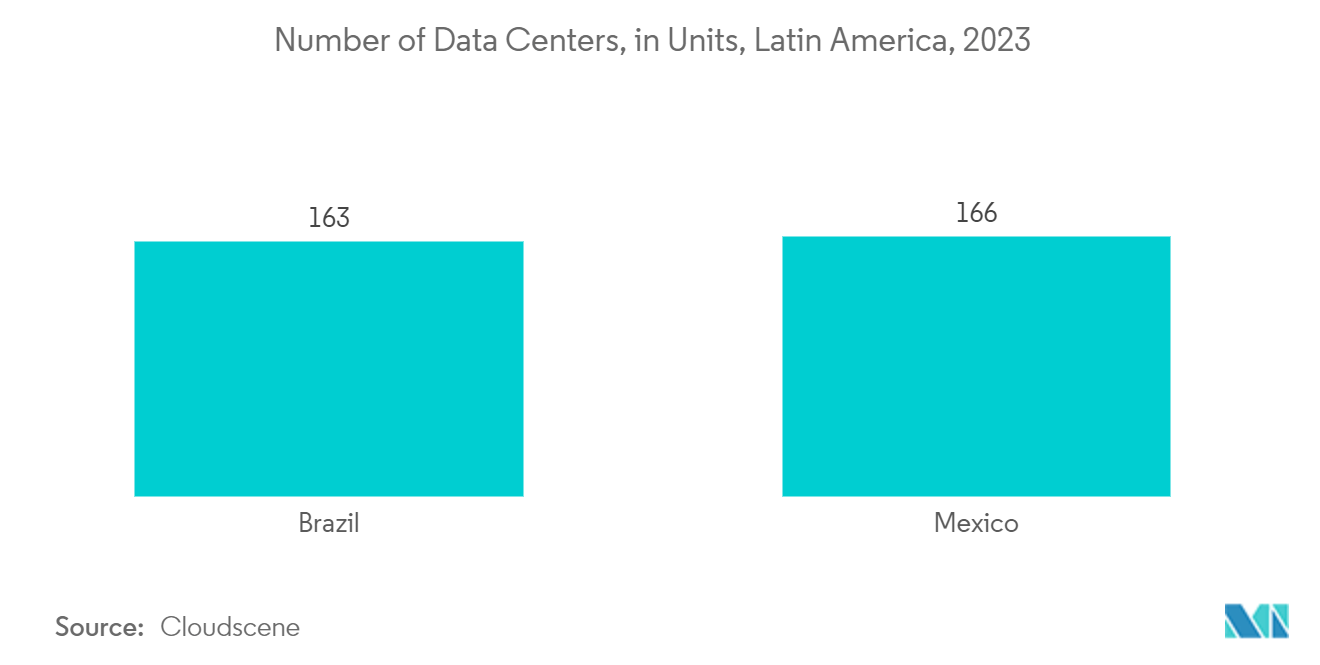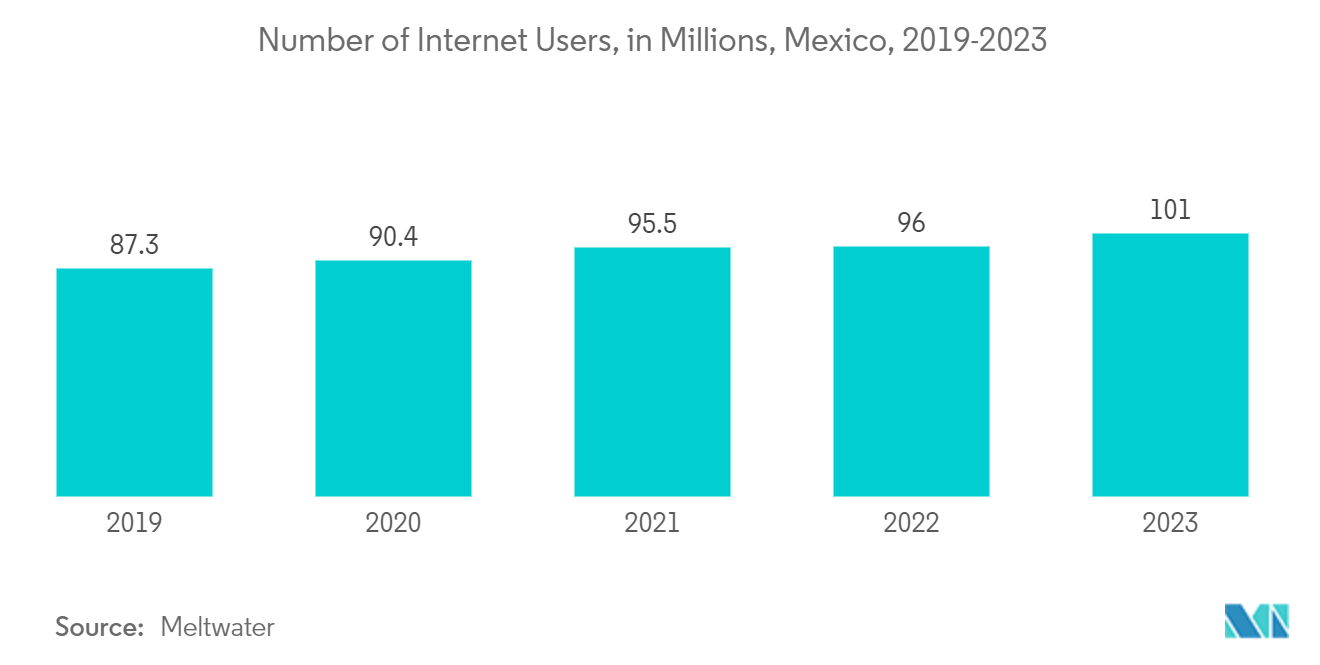Market Trends of Latin America Wire And Cable Industry
Fiber Optic Cable is Expected to Witness Significant Growth
- A fiber optic cable contains strands of glass fibers covered by an insulated casing. Primarily used as a network cable, these cables are designed for high-performance, long-distance data networking and telecommunications. Fiber optic cables transmit data faster over longer distances and provide higher bandwidth than wired cables. Fiber optic cables support cable television, internet, and telephone.
- The evolution of fifth-generation networks and fiber optic infrastructure has played a key role in driving digital transformation across industries. Optic fiber cable offers better security, reliability, bandwidth, and security than copper cables. The difference between a fiber optic cable and a copper wire is that the fiber optic cable uses light pulses to transmit information down the fiber lines instead of using electronic pulses to transmit information through the copper lines.
- Fiber-optic cable spans long distances between local phones and provides the backbone for network systems. Other system users include cable television services, office buildings, university campuses, industrial plants, and electric utility companies. Fiber cables travel between 984.2 feet and 24.8 miles, while the maximum transmission distance is 9,328. Fiber optic cables are less susceptible to interference.
- The 5G deployment across the region drives market growth. In Latin America and the Caribbean, the growth of 4G LTE networks remains robust, with a quarterly growth rate of 1.9%, equivalent to 10.6 million recent LTE connections in Q2 2023. LTE connections now total 565 million for the region. Furthermore, the region is set to triple its 5G connections by the end of 2023, reaching 62 million. The Latin America region continues to expand 5G network coverage and deployments, with projections indicating a significant increase to 501 million 5G connections by 2028.
- Increasing the number of data centers might offer massive opportunities for the company to expand its scope for new applications. According to Cloudscene, there were 166 data centers in Mexico as of September 2023, followed by 163 in Brazil.
- In April 2023, Telit Cinterion, a global facilitator of the intelligent edge, announced the completion of a successful proof-of-concept trial of private 5G for factory automation. In partnership with Nestlé Brazil, the trial showcased why and how manufacturers increasingly make 5G a foundational component of their Industry 4.0 transformation strategies. Many manufacturers are considering or implementing 5G, including private 5G networks, a global trend worth USD 109 billion by 2030.

Mexico Expected to Witness Significant Growth
- The country is experiencing significant growth in the studied market due to considerable investments in the automotive and manufacturing industries. According to the World Bank, the value added to Mexico's gross domestic product (GDP) by the manufacturing sector increased by USD 11 billion (+5.21%) in 2022. With USD 222.19 billion, the value added reached its highest value in the observed period.
- Additionally, the increasing use of IT and telecommunications drives the demand for wires and cables in the country. Concerns about electrical supply failures, health risks, fires, and other operational hazards contribute to the expansion of the market. Increased investments in extending electrical networks to isolated and rural areas will significantly support the growth of the country's wire and cable.
- According to Mexico's National Power System Development Program (Programa de Desarrollo del Sistema Eléctrico Nacional (PRODESEN), the electricity consumption of the National Electricity System was 333,662 GWh in 2022, which represented an annual increase of 3.4%. This increase is attributed to the recovery of all productive sectors of the economy after the pandemic. It is estimated that consumption will increase an average of 2.5% annually between 2023 and 2037.
- Additionally, as per AMPIP, there are currently 50 industrial parks under construction in primary markets (Northern Mexico, Central Mexico, and Bajío), which amount to almost 1,964 hectares between 2022 and 2023. Such expansion in the country's construction sector may further create demand in the market studied.
- Moreover, the rapid proliferation of mobile devices and high-speed broadband connectivity is attributed to the growth of the data center construction market in the country. Moreover, the increasing demand for connected devices and the opening of new technologies, such as IoT, cloud-based services, and big data analytics, are boosting the need for new facilities in the market studied.
- According to Meltwater, as of 2023, Mexico had approximately 101 million internet users. It has gained up to around 51 million online users over the last ten years while registering a relatively steady growth rate since the beginning of the analyzed period, with over 5 million more users than the previous year.


